‘Wolf Girls’ Of Godamuri: The Story Of Amala And Kamala
According to legend, the city of Rome was founded by Romulus and Remus, two twin boys who were born to a princess and abandoned in the wilderness as infants. The pair would have died if not for the kindness of a she-wolf and a woodpecker, which suckled and fed the boys until a shepherd adopted them. The story of Romulus and Remus’s youth is most likely a myth, but history abounds with tales of kids who spent their early years in confinement or alone in the forest, often emerging with little knowledge of language or social skills.
Perhaps one of the best-known and controversial stories of feral children is that of Amala and Kamala The wolf girls were about 18 months (Amala) and eight years old (Kamala) when they were found together in a wolves’ den.
In October 1920, Reverend Joseph Singh, a missionary in charge of an orphanage in Northern India, heard of two ghostly spirit figures seen accompanying a band of wolves near Midnapore in the Bengal jungle.
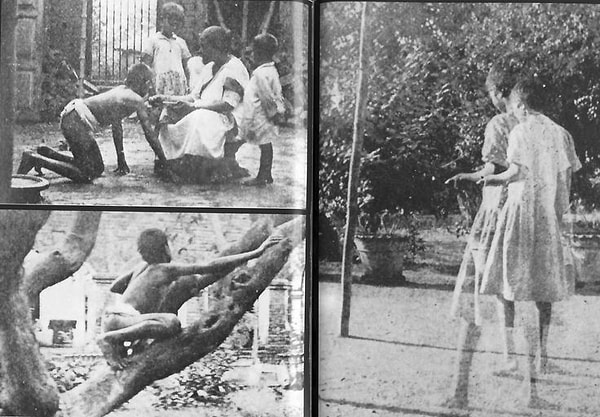
The local villagers were fearful of these apparitions but local custom had forbid them to do any harm to the wolves. Intrigued, Singh built a hide in a tree top over-looking the lair of the wolf pack, an old ten-foot high termite mound that had become hollowed out with time.
As the moon rose, Singh saw the wolves come out one by one. Then sticking their heads out briefly to sniff the night air before bounding forwards into the clearing came two hunched and horrible figures.

As Singh described the “ghosts” in his diary, they were: “Hideous looking…hand, foot, and body like a human being; but the head was a big ball of something covering the shoulders and the upper portion of the bust…Their eyes were bright and piercing, unlike human eyes…Both of them ran on all fours.”
The girls seemed to have no trace of humanness in the way they acted and thought. It was as if they had the minds of wolves.

They tore off any clothes put on them and would only eat raw meat. They slept curled up together in a tight ball and growled and twitched in their sleep. They only came awake after the moon rose and howled to be let free again. They had spent so long on all fours that their tendons and joints had shortened to the point where it was impossible for them to straighten their legs and even attempt to walk upright. They never smiled or showed any interest in human company. The only emotion that crossed their faces was fear.
Even their senses had become wolf-like.
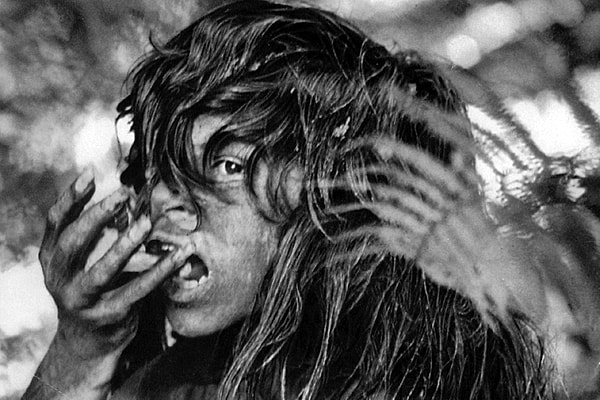
Singh claimed their eyes were supernaturally sharp at night and would glow in the dark like a cat’s. They could smell a lump of meat right across the orphanage’s three-acre yard. Their hearing was also sharp – except, like Victor, the voice of humans seemed strangely inaudible to their ears.
A poor but relatively well educated man, Singh did his best to rehabilitate his charges.
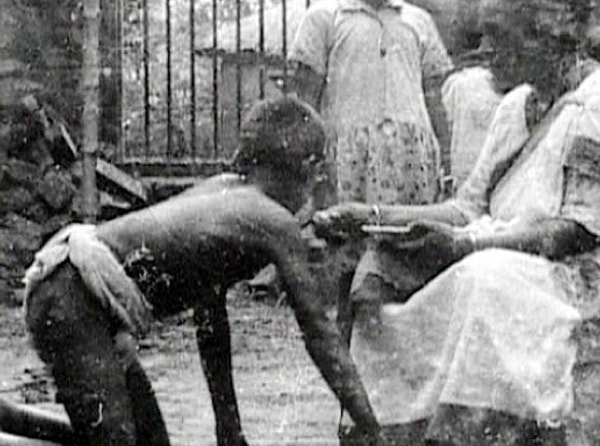
Influenced by the horticultural model of child development, he theorized that the wolf habits acquired by Kamala and Amala had somehow blocked the free expression of their innate human characteristics. Singh felt it was his job (not least, for religious reasons) to wean the girls from their lupine ways and so allow their buried humanity to emerge.
Unhappily, before his experiment had progressed far, the younger girl, Amala, sickened and died.
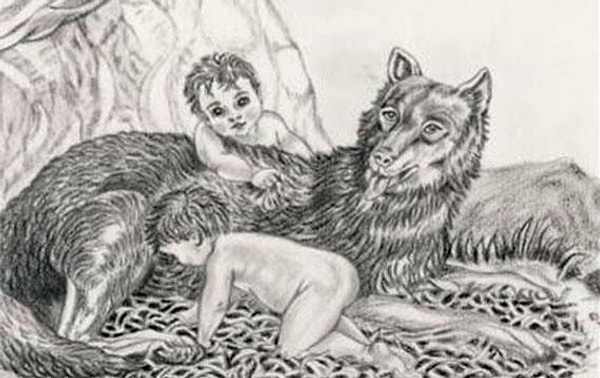
This proved a great setback to Kamala, who had only just started to lose her fear of other humans and her orphanage surroundings. Kamala went into a prolonged mourning and for a while, Singh feared for her life as well. But eventually Kamala recovered and Singh started a patient program of rehabilitation.
From this point, Mr. Singh concentrated on socializing Kamala.
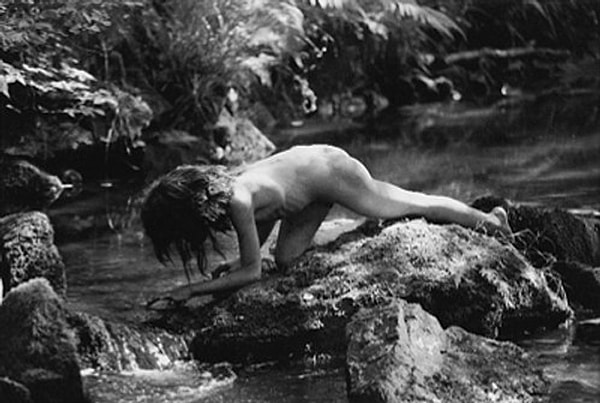
Rev. Singh’s diary tells the of the extent of their success:
September 1921: Kamala reaches out her hand to take food.
February 1922: Kamala kneels for the first time.
May 1922: Kamala stands, holding a table.
January 1923: Kamala signals ‘yes’ and ‘no’ by moving her head.
Summer 1923: Kamala stands by herself for the fist time.
Late 1923: Begins to show fear of the dark and desire to sleep near other children.
May 1924: Uses the word ‘bha’ to ask for rice.
January 1926: Kamala walks. Now knows about 35 words.
January 1929: Kamala knows about 50 words, but does not use language spontaneously.
November 1929: Kamala dies, at the age of about 17 years.
Keşfet ile ziyaret ettiğin tüm kategorileri tek akışta gör!


Send Comment